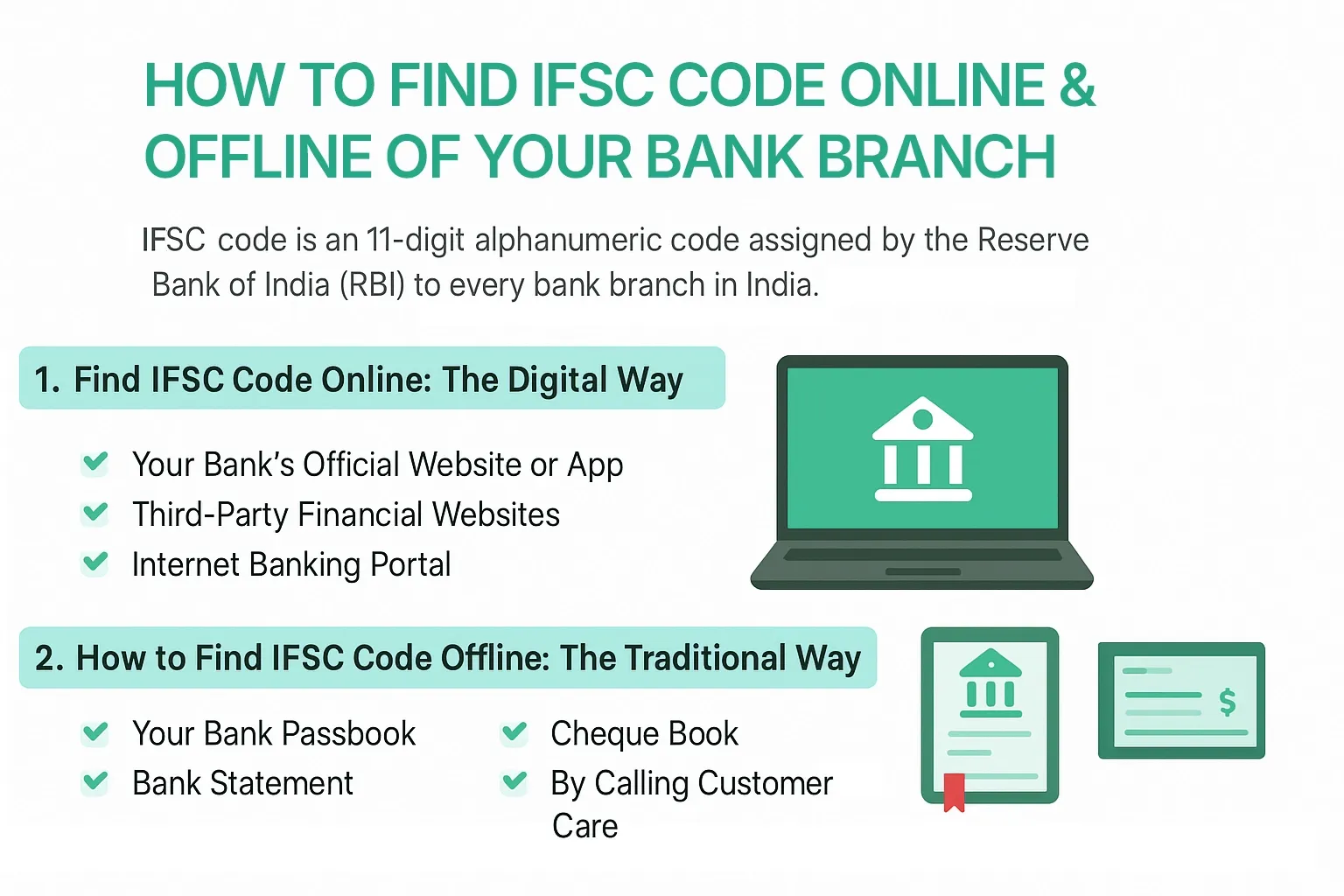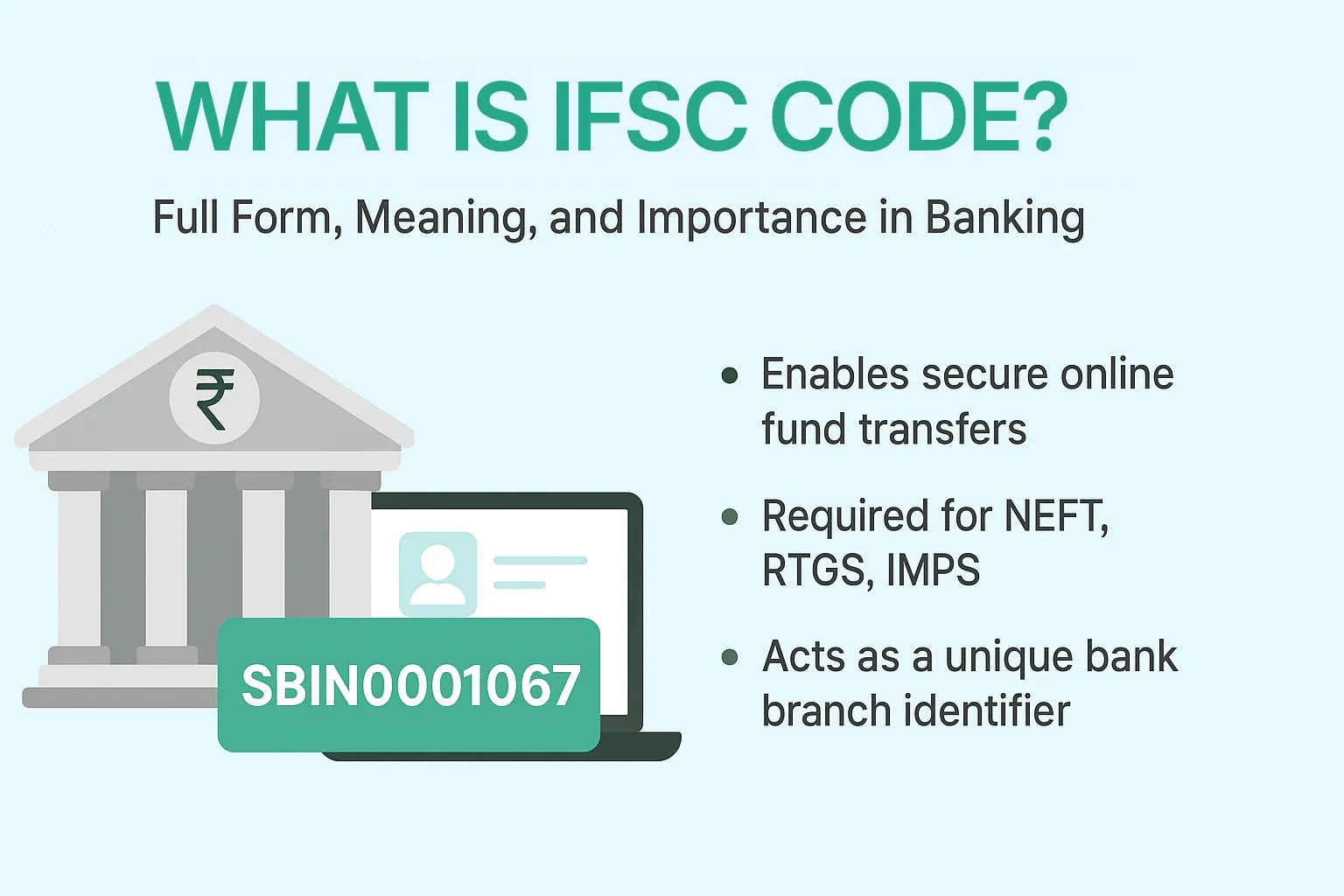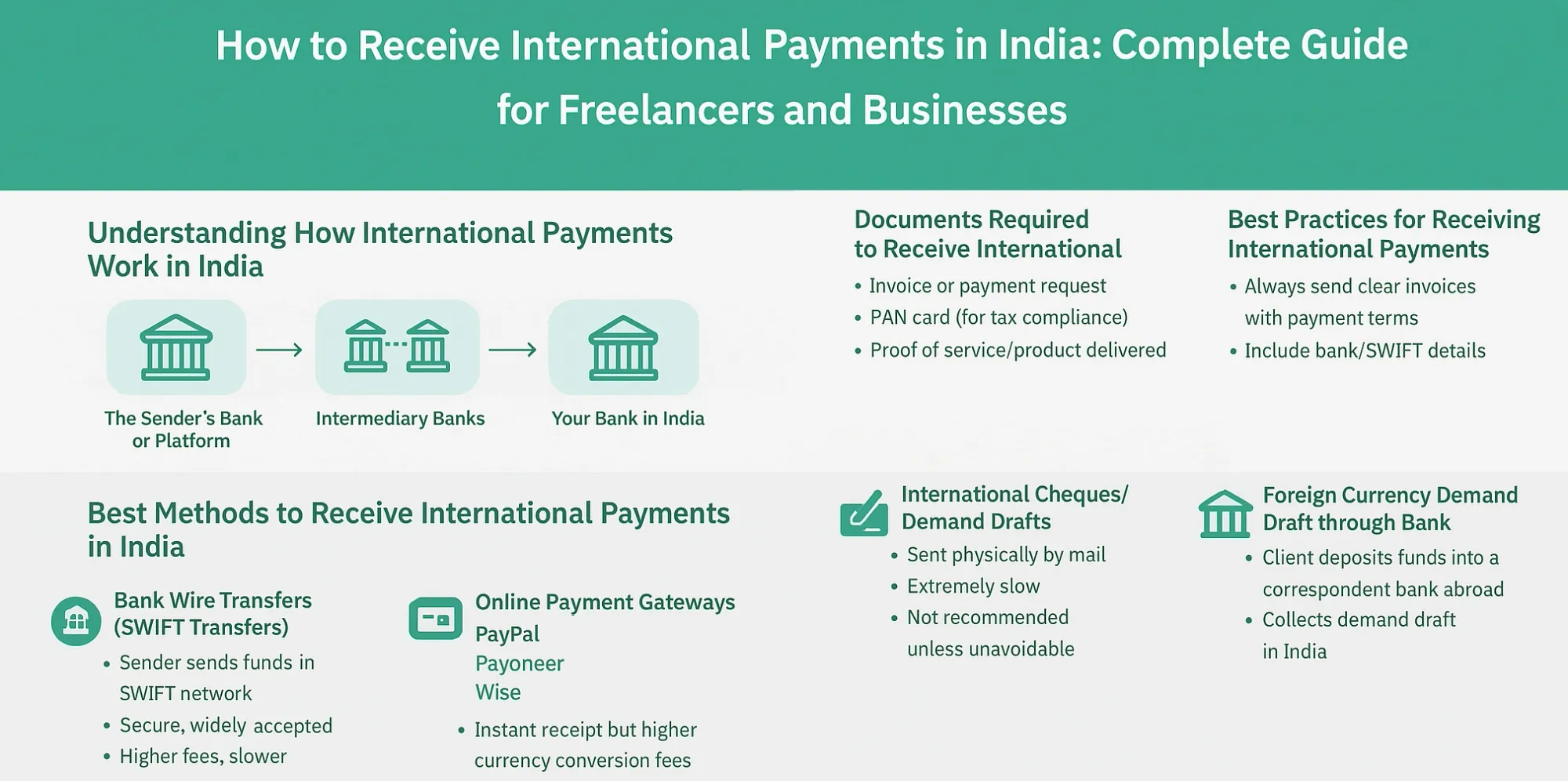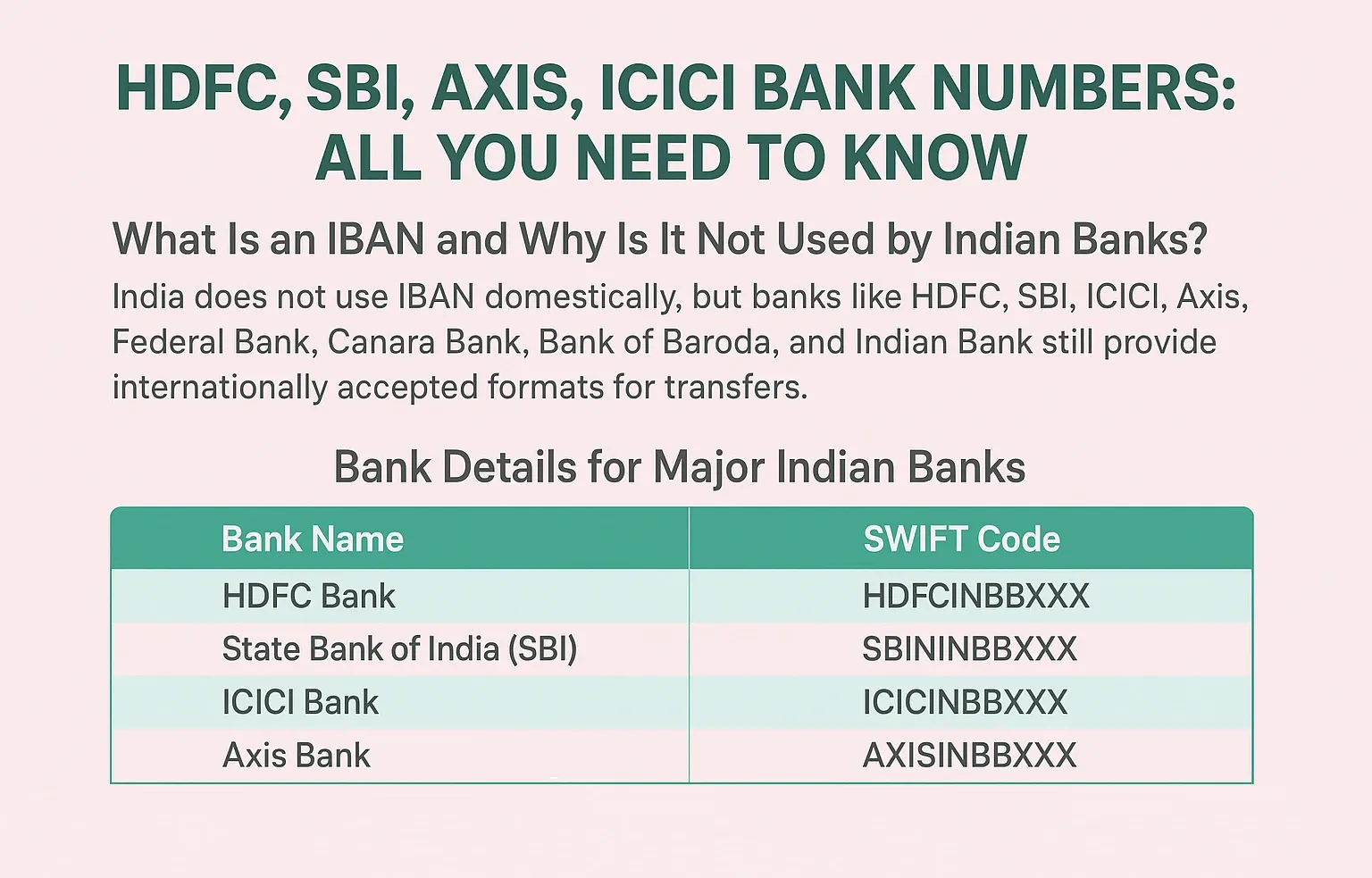BRC vs eBRC: What’s the Difference in Export Documentation?
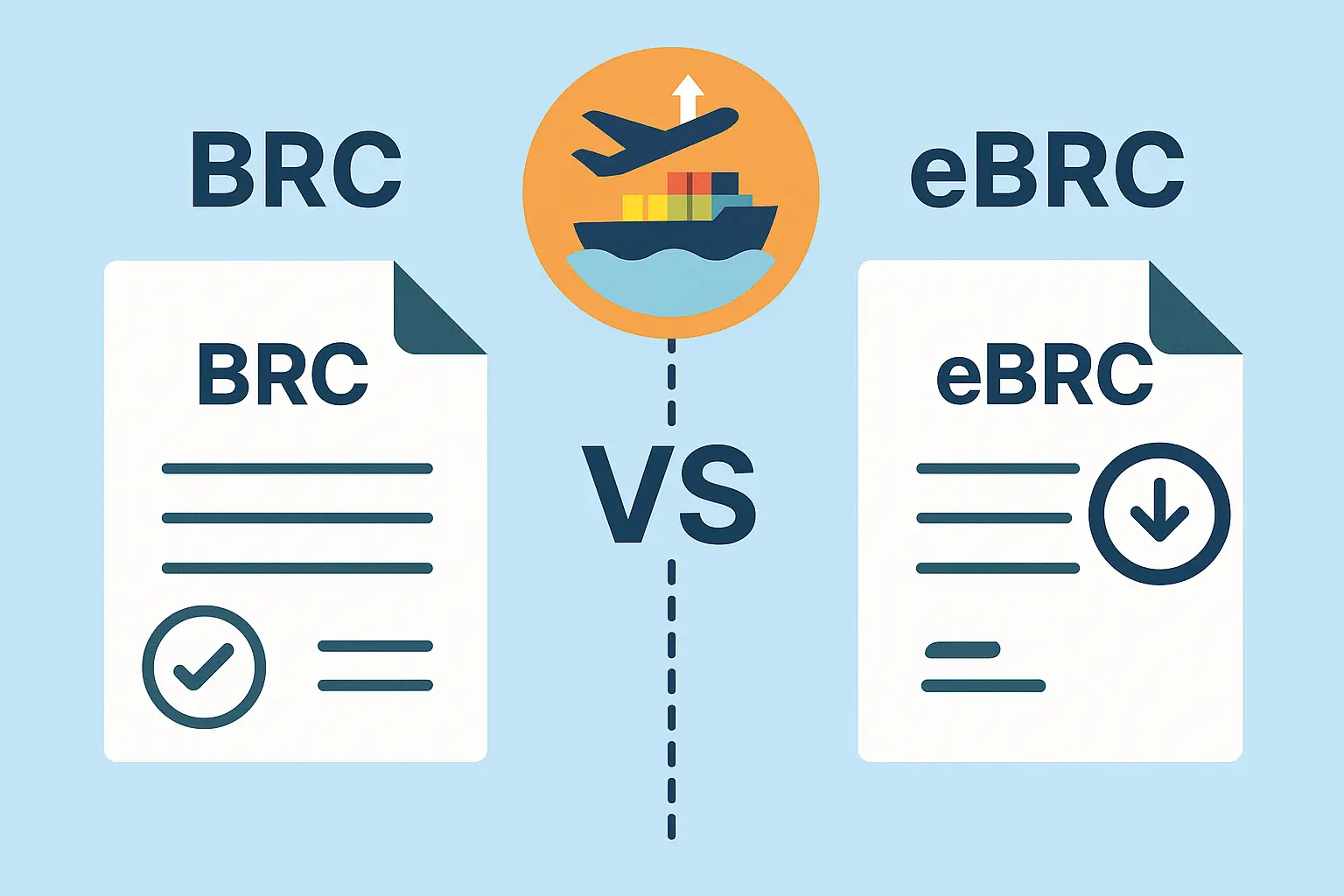
The use of appropriate and correct documentation in the complex world of international trade is all important as the commodity or the services being dealt in. To the Indian exporters, their main concern is to demonstrate that payments of foreign currency of their export goods that they sent abroad have been successfully achieved and have found their way back into India. Here is where such terms as BRC and eBRC are used.
Though both are more or less similar with regards to their primary nature, i.e., the confirmation of the receipt of the export proceeds, they are both different ages and procedures in the export documentation scenario in India. Whenever you have been confused by the question what is BRC, what is eBRC, and what is the full form of BRC, this is the page to be at. In this guide from EximPe, the mystery around these important export documents will be clarified, differences will be identified, and reasons why it is important to understand them as an exporter will be explained.
What is BRC? (Bank Realization Certificate)
The term BRC full form is Bank Realization Certificate.
Historically, the BRC was a physical document issued by an Authorized Dealer (AD) Category I bank in India. It acted as a legal assurance that the proceeds of the foreign exchange (in export of goods or services) was received successfully by the exporter and liquidated into Indian Rupees (INR) with banking channels.
Before the introduction of its electronic counterpart, exporters were forced to physically submit an application with their banks to receive a physical BRC. The certificate was then physically deposited with different government departments, mostly with the Directorate General of Foreign Trade (DGFT) to either obtain reimbursement of export incentives, settle export realizations or otherwise obtain other benefits.
Key Characteristics of the Traditional BRC:
- Physical Document: Issued as a hard copy on bank letterhead.
- Manual Process: Involved significant paperwork, physical submission, and manual verification by both banks and government agencies.
- Proof of Realization: Confirmed that export proceeds were received.
- Prone to Delays: The manual nature often led to delays in issuance and processing by government departments.
What is eBRC? (Electronic Bank Realization Certificate)
The eBRC full form is Electronic Bank Realization Certificate.
The eBRC is basically the computerized, automated and a more efficient form of the conventional BRC. The eBRC system has been introduced by DGFT in partnership with the Reserve Bank of India (RBI) and different banks to automate reporting and submitting of the realization of exports data.
In the eBRC system, the banks enter the information of export proceeds realization directly into the portal of DGFT. This removes all the physical paper work and manual submission thus making the entire process quicker, transparent and less susceptible to errors or frauds. The eBRC is an essential part of the enlarged Export Data Processing and Monitoring System (EDPMS) that was launched by the RBI.
Key Characteristics of the eBRC:
- Digital Document: It is an electronic record, directly uploaded by the bank to the DGFT server.
- Automated Process: Banks upload data directly, reducing manual intervention and processing time.
- Unique IRM Number: Each inward remittance for an export is linked to a unique Inward Remittance Message (IRM) number in the EDPMS system, which facilitates tracking.
- Enhanced Transparency: Both exporters and government agencies can track the status of export realizations online.
- Faster Access to Incentives: Expedites the process of claiming export incentives and fulfilling obligations.
The Critical Role of BRC/eBRC in Exports
Whether in its physical or electronic form, the Bank Realization Certificate plays a pivotal role in the Indian export ecosystem for several reasons:
- Proof of Export Proceeds Realization: This is the primary function. It serves as a confirmation that your payment of export has gone to India and exchanged to local currency. This is mandated by RBI under FEMA guidelines.
- Claiming Government Export Incentives: The DGFT offers various schemes and incentives to boost exports (e.g., Advance Authorisation, Export Promotion Capital Goods (EPCG) Scheme, and previously MEIS/SEIS). To avail these benefits, exporters must demonstrate that they have received payment for their exports. The eBRC serves as the official proof.
- Fulfilling Export Obligations: Many schemes come with export obligations (e.g., you must export goods worth a certain value if you imported duty-free capital goods). eBRC is essential to prove that these obligations have been met.
- GST Refund Claims: Exports are "zero-rated supplies" under GST, meaning exporters can claim a refund of Input Tax Credit (ITC) or export without paying IGST. The eBRC is a crucial document for substantiating these GST refund claims with the tax authorities.
- Income Tax Compliance: It helps in accounting for foreign income correctly and claiming any applicable income tax exemptions or deductions on export earnings.
- Regulatory Compliance: It ensures adherence to the foreign exchange regulations set by the RBI and FEMA, ensuring that all foreign currency inflows are legitimate and properly recorded.
- Data for National Accounts: The consolidated data from eBRCs provides valuable insights to the government and RBI about the country's foreign trade earnings, contributing to national economic statistics and policy formulation.
BRC vs eBRC: The Key Differences
The transition from BRC to eBRC represents a significant shift towards digital governance and ease of doing business. Here’s a comparative look at their fundamental differences:
How to Obtain an eBRC
For exporters, obtaining an eBRC is less about a direct "request" for the certificate and more about ensuring your bank correctly processes your export proceeds and links them to the relevant export documents in the EDPMS system.
- Ensure Proper Purpose Code: When receiving foreign payments for exports, always ensure the sender explicitly mentions the purpose of remittance (e.g., "Export of Goods," "Export of Services") and that this is accurately reflected by your bank.
- Link to Export Document: Your bank will link the inward remittance (identified by its Inward Remittance Message or IRM number) to your corresponding Shipping Bill (for goods exports) or SOFTEX form (for software/IT services exports) in the EDPMS system.
- Bank Uploads to DGFT: Once the proceeds are realized and linked, your Authorized Dealer bank is responsible for uploading this data to the DGFT's eBRC portal.
- Track Online: Exporters can track the status of their eBRCs by logging into the DGFT website using their Import Export Code (IEC).
Note on FIRC vs. eBRC: While closely related, FIRC (especially e-FIRC/FIRA) is a general proof of any foreign inward remittance, whereas eBRC specifically confirms the realization of export proceeds against a particular export document (like a Shipping Bill or SOFTEX Form). For export benefits, the eBRC is the definitive document required by the DGFT.
Conclusion
The transformation of the existing manual BRC into automated eBRC is a giant step towards the conduction of simpler, and easier and transparent exportation activities in India. Although the basic notion of this is the same i.e. to prove the realization of export proceeds, the eBRC system facilitates the process of availing government incentives and following government regulations in a more efficient and less bother-some way to the exporters.
To enjoy the highest advantages and make sure that all the conditions of international trade documentation are met properly, it is essential to know what eBRC is and how it could be completely incorporated into the system utilized by each exporter, such as EDPMS. Have your export proceeds reported correctly to the DGFT portal by your bank to avail your due incentives.
FAQs: BRC vs eBRC
1. What is the full form of BRC?
BRC stands for Bank Realisation Certificate.
2. What is BRC in export?
It is a certificate issued by banks as proof of receipt of payment for export goods/services.
3. What is eBRC?
eBRC is the electronic version of BRC, uploaded by banks to the DGFT portal for faster processing.
4. Why is eBRC important?
It is mandatory for exporters to claim incentives, duty drawbacks, and GST refunds.
5. How do I get an eBRC?
Your bank uploads it after payment realisation. You can download it from the DGFT portal.
6. Is physical BRC still issued?
No, eBRC has replaced physical BRC in India.
7. Who uploads eBRC?
The authorised dealer bank uploads eBRC to DGFT after verifying payment receipt.
8. Can I edit an eBRC?
No, only the issuing bank can make corrections if needed.
9. Is there any fee for eBRC issuance?
Banks may charge a nominal fee as per their schedule.
10. Can eBRC be used for all export incentive schemes?
Yes, it is a mandatory document for all schemes under DGFT.

